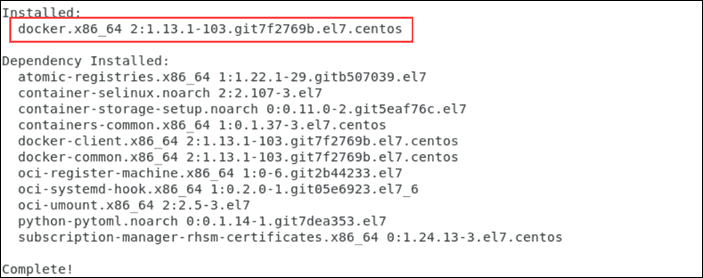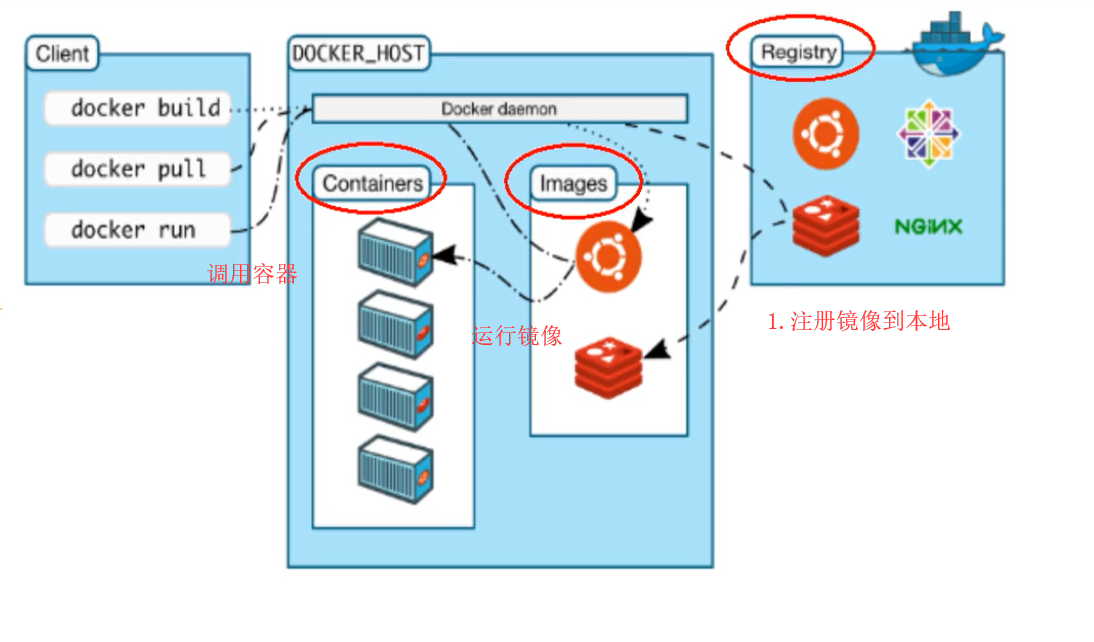

The most popular name in containerization is Docker, but there are a few other popular choices as well. Containerization allows a developer to package software and its dependencies into a single container that can then be run identically on any system, no matter what operating system, distribution, or configuration is on the host system. $ – requires given linux commands to be executed as a regular non-privileged userīefore understanding Kubernetes and why it even needs to exist, it is absolutely essential to understand containerization first. # – requires given linux commands to be executed with root privileges either directly as a root user or by use of sudo command Privileged access to your Linux system as root or via the sudo command. Requirements, Conventions or Software Version Used What is Kubernetes used for? Software Requirements and Linux Command Line Conventions Category Join us below as we discuss how Kubernetes is simplifying container management and deployment. We will also learn why Kubernetes is specifically relevant for Linux administrators and often uses a Linux system as its host. In this tutorial, we will explain Kubernetes’ purpose and see what it used for. It is common to find very technical explanations online, which shed very little light on its real purpose and the role it plays with containerization, unless you already have some experience and knowledge under your belt.

If you have not been keeping up with containerization technology in recent years, or you are a newcomer to system administration in general, then you may be wondering exactly what Kubernetes is and what it is used for. Kubernetes was originally developed and used by Google, and has since been taken over by the Cloud Native Computing Foundation (CNCF).

It has gained a lot of traction over the recent years and has become the most viable way to horizontally and vertically scale applications, even outperforming traditional methods such as virtualization. Kubernetes is container orchestration software that allows us to deploy, manage, and scale containerized applications.


 0 kommentar(er)
0 kommentar(er)
